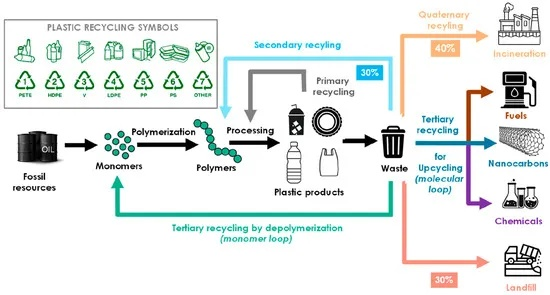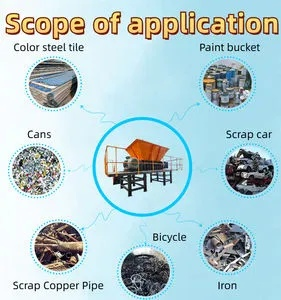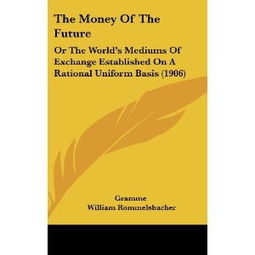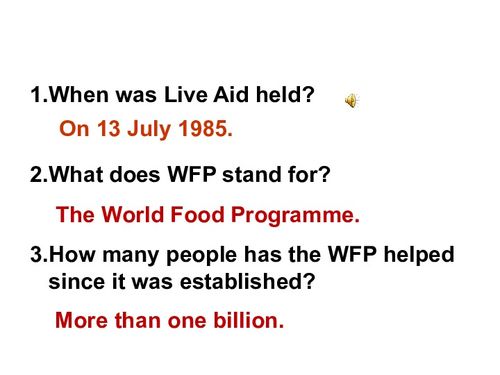The Principles of Textile Recycling and Its Impact on Sustainable Development
The Principles of Textile Recycling and Its Impact on Sustainable Development,Textile recycling is a crucial aspect of sustainable development, as it plays a significant role in reducing waste and conserving resources. The principles of textile recycling include sorting, cleaning, cutting, and reusing the textile waste, which helps to reduce the amount of textile waste that ends up in landfills. The impact of textile recycling on sustainable development is significant, as it reduces the environmental impact of textile waste by reducing the amount of textile waste that ends up in landfills and oceans. Additionally, textile recycling promotes economic growth by creating jobs in the recycling industry and generating revenue for businesses involved in the recycling process.
Introduction: The textile industry is one of the most significant contributors to global environmental pollution, with a substantial amount of textile waste being generated annually. The principle of textile recycling not only helps in reducing waste but also plays a crucial role in promoting sustainable development. In this article, we will explore the principles of textile recycling, their benefits, and some successful cases that demonstrate how these principles can be implemented effectively.

Textile Recycling Principles:
- Pre-consumer Recycling: This involves the collection and processing of textile waste before it reaches the consumer. It includes sorting, cleaning, and reusing materials that are still usable.
- Post-consumer Recycling: This refers to the recovery of textile waste from the consumer's end, such as clothing, carpets, and upholstery.
- End-of-Life Recycling: This involves the final processing of textile waste after it has been used for its intended purpose. This stage includes deconstruction, cleaning, and reprocessing of materials into new products.
- Renewable Materials: The use of renewable materials in textile production reduces the environmental impact of the industry.
Benefits of Textile Recycling:
- Environmental Benefits: By recycling textile waste, we can significantly reduce the amount of textiles ending up in landfills or oceans, which harms marine life and contributes to climate change.
- Economic Benefits: Textile recycling generates revenue through the sale of recycled materials, creating jobs in the recycling industry and supporting local economies.
- Social Benefits: Textile recycling promotes social responsibility and encourages people to adopt sustainable practices, leading to a more environmentally conscious society.
Successful Case Studies:
- Upcycled Textiles: One example of successful textile recycling is the creation of upcycled textiles using recycled materials. For instance, a company in Italy developed a line of clothing made from recycled polyester fabric. This not only reduced the environmental impact of textile waste but also created a unique fashion statement.
- Textile Recycling Programs: Many countries have implemented textile recycling programs to promote sustainable development. For example, China has launched a national textile recycling program that aims to increase the efficiency of textile waste management by 70% by 2025.
- Textile Recycling Initiatives: Organizations like the Global Organic Textile Standard (GOTS) and the Fair Trade Certified™ program promote ethical and sustainable textile production practices. These initiatives aim to ensure that textile waste is treated responsibly and that workers are paid fair wages.
Conclusion: The principles of textile recycling are essential for promoting sustainable development. By implementing pre-consumer, post-consumer, end-of-life, and renewable materials, we can reduce textile waste and create a circular economy. Successful case studies show that textile recycling can lead to economic, social, and environmental benefits. As we continue to address the challenges of our planet, it is crucial that we embrace textile recycling as a cornerstone of sustainable growth.
随着全球环保意识的日益增强,纺织品循环使用已成为我们日常生活中不可或缺的一部分,为了更好地推广这一理念,我们有必要明确纺织品循环使用的原则,本文将围绕这一主题,详细阐述纺织品循环使用的原则以及相关案例。
纺织品循环使用原则
环保理念
纺织品循环使用原则强调环保、可持续性,通过减少浪费、降低环境污染,实现资源的有效利用。
分类回收
根据纺织品材质、用途等特性,进行分类回收,对于可回收利用的纺织品,应优先进行回收处理。
政策支持
各国政府应制定相关政策,鼓励和支持纺织品循环利用,设立专门的回收渠道、提供税收优惠等。
消费者意识
消费者应提高对纺织品循环使用的认识,了解并参与到纺织品循环利用中来,购买环保纺织品、参与社区回收等。
案例分析

某大型服装品牌成功实施纺织品循环利用计划
该品牌在纺织品生产过程中,注重环保理念,实施了严格的分类回收制度,该品牌积极参与政府组织的回收活动,与当地回收中心合作,确保回收渠道畅通,该品牌还通过宣传和教育活动,提高消费者对纺织品循环利用的认识,该品牌成功实现了纺织品的高效循环利用,减少了浪费和环境污染。
社区回收项目成功案例
某社区设立了专门的回收点,鼓励居民将废旧纺织品进行回收处理,社区还与纺织企业合作,推广环保纺织品,通过这种方式,社区内的废旧纺织品得到了有效的回收和利用,减少了浪费和环境污染,该社区还通过开展宣传活动,提高了居民对纺织品循环利用的认识和参与度。
纺织品循环使用实践措施
建立完善的回收体系
各地政府应建立完善的回收体系,设立专门的回收渠道,确保废旧纺织品能够得到及时有效的回收和处理,政府还应加强对回收企业的监管和管理,确保回收质量和服务水平。
提高政策支持力度
政府应加大对纺织品循环利用的支持力度,出台相关政策,鼓励和支持纺织品循环利用产业的发展,可以设立税收优惠、资金扶持等政策措施。
加强宣传教育力度
通过各种渠道和方式加强宣传教育力度,提高消费者对纺织品循环利用的认识和意识,还可以开展各种形式的宣传活动,提高公众参与度。
推广绿色生产模式
鼓励和支持采用绿色生产模式进行纺织品的生产,减少对环境的污染和破坏,还可以推广环保技术和设备,提高纺织品的环保性能和品质。
纺织品循环使用是保护环境、实现可持续发展的必然趋势,为了更好地推广这一理念和实践措施,我们需要从政策、企业、消费者等多个方面入手,我们还需要加强国际合作和交流,共同推动纺织品循环利用事业的发展。
Articles related to the knowledge points of this article:
Understanding Japanese Textile Standards A Comprehensive Guide
Leading the Way in Textiles:The Story of Lidu Fabric Factory



